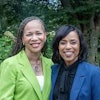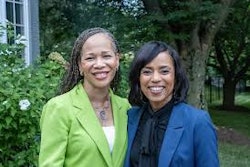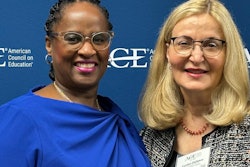Scholars Debate Effectiveness of Single-Sex Classes
Girls clearly benefit, but some educators fear such classes will simply warehouse Black boys.
By Kenneth J. Cooper
Leah Hasty was looking to provide a male role model for Black boys enrolled in the Baltimore public elementary school where she was principal, and at the same time inspire them to perform better academically. She decided upon an approach few other public schools were trying at the time.
She created a class for boys only. Fortunately, she had available one of the rarest assets in American education – a Black man on an elementary school faculty. The teacher had grown up in the same low- income neighborhood and volunteered to teach the class as the boys progressed from grade to grade. Before long, the boys started attending school more often and got engaged with learning.
“Somebody did say to me one time, ‘What about the girls?’” Hasty recalls. So she broadened and balanced the experiment, forming three classes per grade; one for boys, one for girls and one that was coed.
“With that, we determined the girls did much better in the single-sex class. The boys did better, but they were outdistanced by the girls,” she says.
That was in the early 1990s. Hasty, who retired in 1995, had little idea she was pioneering an innovation that the federal government would eventually endorse.















